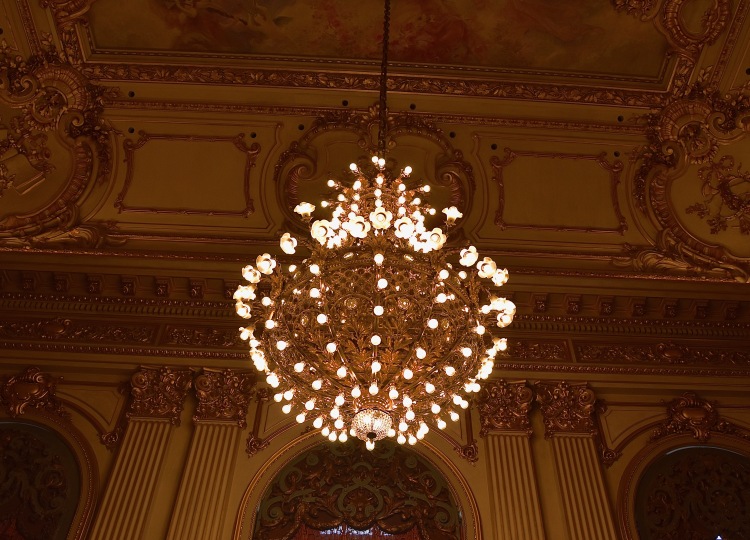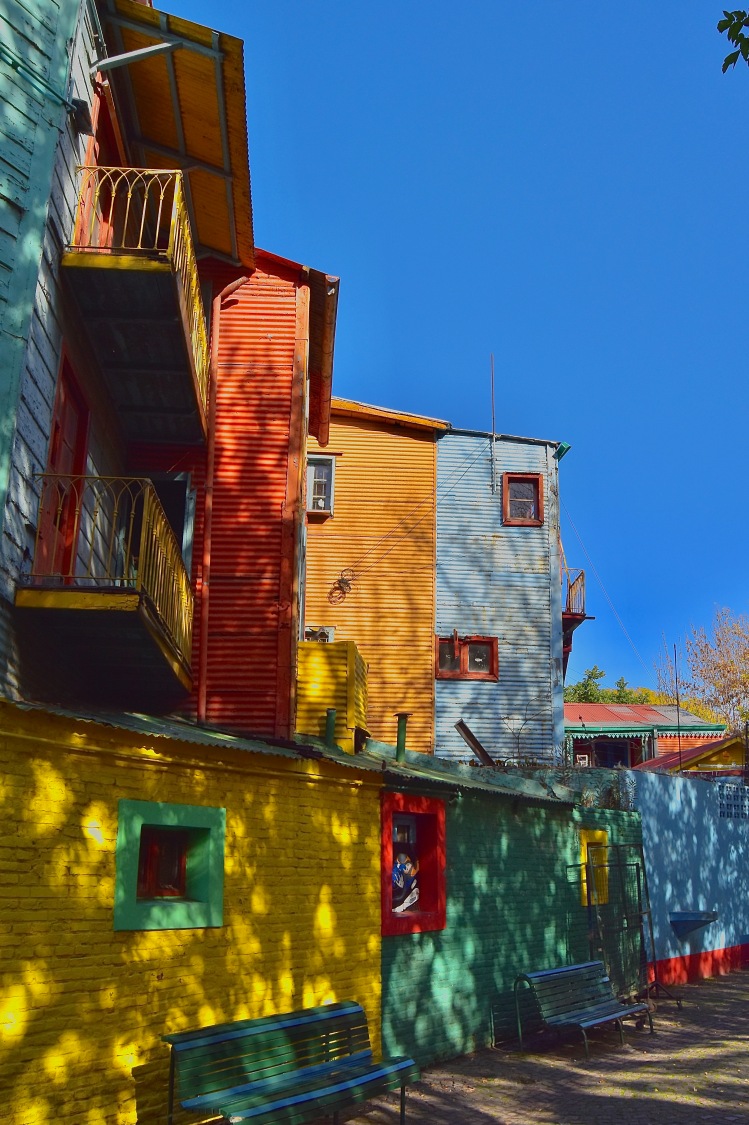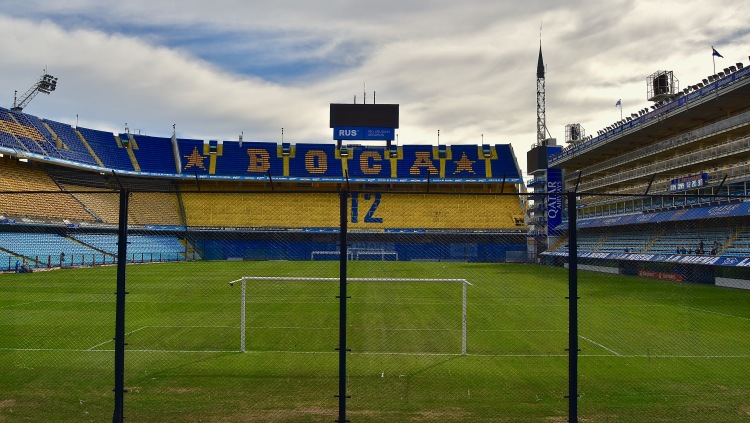The last few days have been packed. We have explored so much of this incredible city in so little time, so this post is all about a few highlights. Before I get to that though, I need to give you a little history and information. The settlement that would become Buenos Aires is over 400 years old. Founded by Spanish conquistadors, it was originally built as a base for what they hoped would be a mining operation that would make Spain rich. The name “Argentina” even comes from the Latin word “Argento,” meaning “Silver.” The conquistadors believed this land held uncountable amounts of precious metal, but they were slightly off: the silver deposits can be found in what is today northern Argentina, along its borders with Peru, Paraguay, and Brazil.
As the city grew, it attracted immigrants of countless nationalities, ethnicities, and religions. Though 90% of the country today is Catholic (only 30% actually practice), there are sizable minorities of Muslims (almost entirely in Buenos Aires) and nearly half a million Jews. On the nationality front, Buenos Aires is home to tens of thousands of citizens descended from Italian immigrants, and the country is home to many descendants of Germans as well (more on that later).
In the 1800s, as Buenos Aires was becoming the city we know today, there was a lot to think about. Would the city grow haphazardly, with barrio (neighborhood) lines being drawn seemingly at random? Or would it be organized and deliberate? City government officials chose the second. Buenos Aires at the time was home to a sizable wealthy elite population, and their mark can be felt as one walks around the city. The Avenida 9 de Julio (named for Argentina’s independence date) is one of the widest in the world, and plopped right in the center is a massive obelisk- think a smaller version of the Washington Monument in DC. With bus lanes taking up the center of the avenue and trees separating them from the four lanes of cars on each side, this avenue was deliberately deigned to evoke the Champs Elysées in Paris. In fact, the city was- and to some extent still is- known as the “Paris of South America.” One can see this in the architecture for sure, but the European influence is also felt on every corner, as you’ll find thousands of small cafés with citizens taking it slow, catching up with friends, or just watching the world go by.
Perhaps there is one piece of culture that comes to mind more than anything else when you hear the name of Buenos Aires: Tango. Yes, that most famous of dances, and for good reason. Tango’s history is complex, long, and speaks to the diversity of La Ciudad Autonoma de Buenos Aires. Tango grew out of the European styles of dance, and yes, song, brought to the city by the various groups of immigrants. A major influence is Portugal’s Fado style: a slower, somber, almost wistful style of music, which mixed with dances and lyrical styles from Spain, Italy, and other areas. This mixture created a graceful and romantic dance, which at the same time evokes a sense of longing for something which cannot be grasped. Although the style is associated with Argentina as a whole, one will not find it outside the borders of Buenos Aires as a consequence of its origins. My grandmother and I were very lucky to attend a show, as well as receive a lesson in basic tango, at a parlor called La Ventana in the neighborhood of San Telmo. Our teacher, Diana, was very impressed! While hearing the words “you both are very good!” from a professional tango dancer is high praise, I would venture to say no one should be looking out for us on stage anytime soon.
My grandmother and I also had the chance to visit another relic of the elite in Buenos Aires: the Teatro Colón. This 100+ year old theater is widely recognized as one of the five best theaters in the world for its acoustics. Built of marble from Italy, France, and other regions of Western Europe, it is flush with fine art. Busts of famous musicians line one of the halls, while the Golden Hall is coated with, you guessed it, gold. Entering the main auditorium, the acoustics were explained to us in detail. The lower half of the theater has copious amounts of wood and velvet, which help dampen the sound coming from the stage. The upper half, meanwhile, used materials such as iron in order to help reflect the sound and make it louder. Another major piece is that under each non-box seat, one will find a small metal grate. When the theater was painstakingly restored (using exactly the same materials for fear of ruining the acoustics), workers added air conditioning through these vents. Originally though, and still today, these vents were used to assist the sound-dampening. The open-air space under the grate helped the wooden floor act as a dampener for sound, rather than an amplifier as it would have if the wood was laid directly on top of a hard floor. The final stroke of genius is the stage itself: the dimensions of the stage are exactly the same as the dimensions of the main hall, meaning the sound is reflecting into the same space it originates from. All of this means that even though the sound has to travel further to reach some areas, every seat hears the performance at the same volume.

The final highlight from Buenos Aires is an area I mentioned briefly in my first post: La Boca (the mouth). Why is it called The Mouth, you ask? Because it sits at the mouth of the Matanza river, of course! Today this neighborhood is home to a thriving arts scene in places, but it wasn’t always this way. In the beginning, La Boca was a working class neighborhood, and it retains this character on most streets today. The colorful, tin-walled houses of La Caminito in the center of the neighborhood may be the tourist draw, but they are not typical of the area anymore. Those multicolored houses were painted that way not out of hope that one day their residents might make money off of tourists coming to see them, but, as with many working class neighborhoods, out of necessity. Without money to buy paint, residents took it from the natural place that a riverside neighborhood would: the local shipyard. When a ship arrived in port, residents would receive any leftover paint the ship had brought on the journey. Run out of paint? Wait until the next ship. Different colored ships meant different colored paint, hence the mosaic-like nature of La Caminito.

However, I went back to La Boca for one reason, and one reason only. Boca Juniors, and their world famous home: La Bombonera. This 55,000 seat stadium is a temple of world fútbol, and a pilgrimage here is a necessity for anyone who calls themselves a fan of the Beautiful Game. La Bombonera is known for its shape: a horseshoe, with one long side a 90 degree wall of seats. This is because when it was built, the team could not buy the land or buildings which sat across the street, so they made-do by building the fourth side of the stadium as a literal wall of seats. Boca Juniors are known for many things: Champions of Argentina for many years, Champions of South America at times. More famous than any trophy, however, is a man who competes with Brazil’s Pelé as the best fútbol player the world has ever seen; a player so well-versed in the art form we call a sport: Diego Maradona.

Diego Armando Maradona was born in Lanús, Buenos Aires Province, in 1960. He was born to poor parents, the first son after three daughters and the fourth of six children. His soccer career began early, as he was spotted playing neighborhood soccer at age eight, and joined the youth team of Argentinos Juniors. He made his professional debut before turning 16, and two weeks after turning 16 scored his first professional goal. After five years with Argentinos Juniors, he signed with Boca Juniors in 1981. His time at Boca was marked by distrust between himself and Boca’s manager, bu despite this the team managed to win the Argentine league title- the only club title he would win in his native country. In 1982, after the world cup, Maradona set the world record transfer fee when he was sold to FC Barcelona, where he would become the first player to be applauded by rival Real Madrid fans. His career with the Argentina National Team, however, is how most remember him. His debut at age 16 made him an immediate sensation, and his famous match against England in the 1986 World Cup cemented his legend with the famous “Hand of God” goal, as well as his second- what would be voted later as the Goal of the Century by FIFA. As a player, and later as a coach, Diego Maradona has clearly left his mark on La Boca, Argentina, and the world of soccer.
Buenos Aires today is a truly cosmopolitan city. Home to three million people, it is as hectic as New York City, parts of it are as beautiful as Paris, and (I can confirm this from personal experience), every person on the road drives more aggressively than Tel Aviv. I will truly miss it, and would not be surprised to find myself walking those cobblestoned streets again in the future. As I post this, we have just ended our only day in El Calafate, Santa Cruz Province- otherwise known as the region of Patagonia. This town is the gateway to Argentina’s Parque Nacional Los Glaciares (Glacier National Park), and my grandmother and I came here to explore a small part of its most famous sheet of ice: the Perito Moreno Glacier. Keep an eye out for that post soon!
